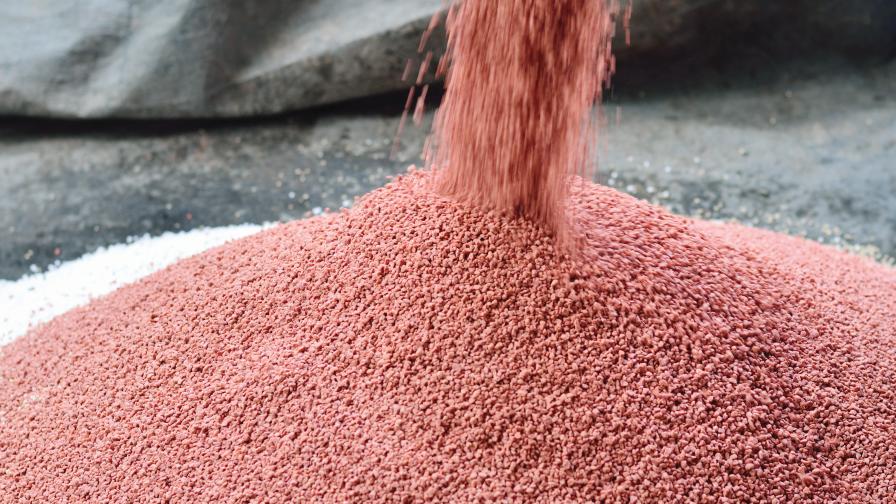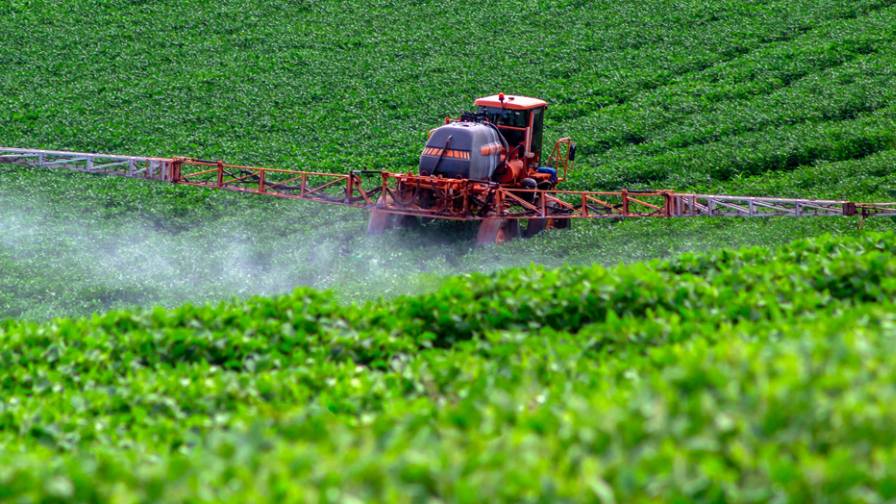AI and Pest Management: Protecting Yields with Smart Technology
Modern agriculture faces intensified challenges, including global warming impacts, limited arable land, and increased pest outbreaks due to shifting climates and global trade. Aldo Leopold, author and ecologist, wisely remarked: “Agricultural science is largely a race between the emergence of new pests and the emergence of new techniques for their control.” As farming faces increasing pest challenges, Artificial Intelligence (AI) provides a powerful solution by improving pest control with accuracy and efficiency.
By identifying infestations early, AI-powered cameras and sensors help minimize damage before it spreads. Moreover, AI enables precise pesticide application, which reduces environmental harm and leads to healthier crops. This tech-forward approach saves farmers time and resources and supports sustainable agriculture by promoting eco-friendly solutions over traditional, chemical-heavy methods. With AI’s data insights, pest management can shift from reactive tasks to proactive strategies, paving the way for a better future in farming. Let’s take a closer look at the advantages AI offers.
The Advantages of AI in Modern Pest Control
Artificial Intelligence is reshaping pest management, offering distinct advantages over traditional methods. For starters, AI-driven agriculture monitoring systems can detect crop threats faster and more accurately. Equipped with thermal sensors and cameras, these systems identify invasive species based on heat, sound, and movement, a leap beyond visual inspections that often miss early signs. A smart agriculture platform that uses AI data will help farmers see what’s crawling around before it becomes a problem.
Artificial intelligence doesn’t just detect infestation; it enables more targeted responses. Algorithms analyze pest patterns and suggest precise treatment locations, reducing the need for blanket pesticide use. This efficiency not only cuts down costs but also lessens environmental impacts, which is crucial in modern farming.
For example, drones equipped with machine intelligence can sweep over fields, spotting infestation zones and allowing for rapid, minimal intervention. This quick response time means reduced crop loss, saving both resources and revenue. Additionally, smart technology in pest management can boost safety for workers by limiting their exposure to chemicals through more automated applications.
In short, AI in crop protection is about smart prevention, not just reaction. By combining remote crop monitoring, precise targeting, and data-driven insights, AI empowers farmers and pest control teams to stay a step ahead, safeguarding yields in a sustainable, forward-thinking way. How exactly can artificial intelligence assist in yield protection? Let’s look at the different methods.
Transforming Pest Management: AI-Driven Approaches
Artificial intelligence has become a key player in crop protection by enhancing predictive analytics, automating detection processes, and facilitating integrated pest management (IPM). A notable application is predictive analysis, where AI evaluates historical weather patterns and pest behavior to forecast potential infestations. This “early warning system” is particularly beneficial for vulnerable crops, enabling farmers to intervene before insects multiply.
Moreover, artificial intelligence also excels in real-time pest monitoring. By distinguishing between healthy and infested plants, AI-equipped drones and sensors help farmers detect issues early, minimizing pesticide use. Integrating IPM with machine intelligence enhances sustainability, blending biological and chemical controls based on accurate data, a method that’s “less spray, more strategy.”
Finally, “smart tech” applications extend to remote farm monitoring with tools like pheromone traps that double as sensors. These creative solutions represent a step toward precise, sustainable pest control, allowing farmers to protect yields while reducing chemical reliance. In short, AI doesn’t just help manage infestation; it transforms pest management into an art of precision. There are also challenges related to using AI in pest control. Let’s examine these issues.
AI in Pest Control: Key Challenges to Address
While artificial intelligence in pest control promises impressive benefits, integrating this technology isn’t without hurdles. One primary challenge is data reliability. “Data is the backbone of AI,” notes Inupa Bandara, an AI industry expert, emphasizing that inconsistent data can lead to flawed predictions and management.
AI systems rely on accurate, comprehensive datasets to predict and identify crop threats accurately. As noted by researchers M. Demirel and N.A. Kumral, “Because of climate change, the outbreaks of existing pests are increasing or they become the main pests in areas where they did not cause problems before.” With environmental shifts due to climate change, AI algorithms must continuously adapt to maintain precision.
Additionally, high costs pose a barrier, particularly for smaller farms and businesses. While large-scale operations might afford AI-driven tools, smaller entities struggle with the initial investment. This disparity in access may hinder widespread AI adoption in pest control, especially in developing agricultural markets.
Human oversight remains essential, as artificial intelligence, while powerful, is not foolproof. False positives or negatives are possible, meaning trained technicians are necessary to interpret AI-generated data and make final treatment decisions. Smart technology augments human effort but doesn’t replace it, creating a need for well-coordinated human-AI workflows. What other cutting-edge technologies may enhance crop protection practices? Let’s discover.
Future Tech in Pest Management Solutions
Advanced technologies, besides machine intelligence, are proving very practical in managing crop threats. The Internet of Things (IoT) is at the forefront, allowing for remote crop monitoring with smart sensors and cameras that track pest activity in real-time. IoT devices, like bait stations with sensors, can notify operators when invasive species are detected, improving early detection and response.
Drones are also contributing by surveying large areas from the air and identifying infestations that might be overlooked from the ground. These drones can be equipped with cameras and thermal imaging, making them ideal for locating infestation problem areas without disturbing the crops.
Integrated Pest Management (IPM) merges these technologies with sustainable practices, reducing pesticide use and encouraging eco-friendly methods. Scientists M. Demirel and N.A. Kumral suggest: “It is necessary to monitor the pest in the field, determine the most sensitive stage of pests, decide on the most appropriate control tactic (pesticide or other alternative methods) and apply it in the best time… Consequently, IPM requires intensive field observation, trained staff, and data mining.” This “tech-meets-nature” approach not only makes crop protection more efficient but also transforms it into a science-based strategy for healthier ecosystems.
Using artificial intelligence and advanced technology in pest control is changing agriculture into an innovative and sustainable industry. While challenges remain, the potential to protect crops with precision and minimal environmental impact is undeniable. With these tools, the future of farming is bright, efficient, and ecologically sound.






